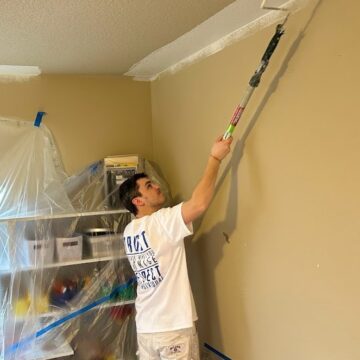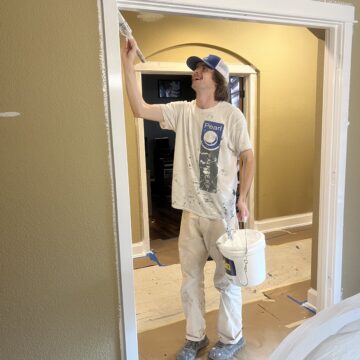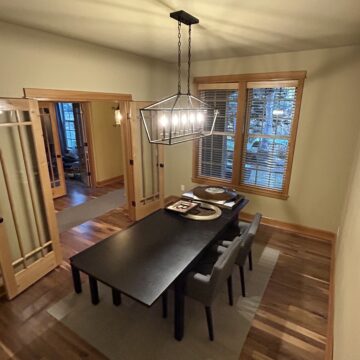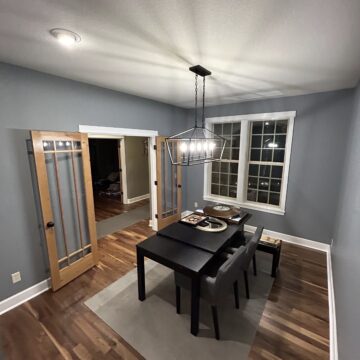Whether it’s for your walls, ceiling, or exterior, you may be wondering how many coats of paint need to be applied. We argue that what really matters is the thickness of each coat of paint.
Whether you’re a DIY enthusiast or hiring a professional, understanding thickness, mil gauges, and the resulting number of coats, can all help you achieve the best results. Let’s dive into the details to help you make an informed decision for both interior and exterior painting.
Can You Get Away with One Coat?
We recommend two, but in some cases, one coat of paint can suffice. This typically applies for interior walls and ceilings, when the existing color and sheen is an exact match to the new paint and the surface is in good condition.
For exterior surfaces, you could get away with one coat of paint if the surface is not to dry and porous, and the new paint is an exact match to the existing paint.
However, while one coat might cover the surface and provide the desired color and finish, it might not provide the necessary protection, especially for exterior surfaces.
When Two Coats Are Necessary
Two coats of paint are often recommended for better coverage and durability. Here are some scenarios where two coats are essential:
- Sheen Change: If you’re changing the paint’s sheen (e.g., from flat to semi-gloss), two coats will help achieve the desired look.
- Color Change: Transitioning from a dark color to a lighter one (or vice versa) requires a minimum of two coats for complete coverage.
- Surface Condition: Imperfections, stains, or patched areas will benefit from two coats to ensure a uniform appearance.
- Exterior Protection: For exterior surfaces, it’s not just about the color; it’s about protecting your home. Two coats provide a thicker, more resilient barrier against the elements.
The Real Question: How Thick Should the Paint Be?
Instead of focusing solely on the number of coats, you have to consider the thickness of the paint application. Each layer has to be applied at a specific thickness. Different products require different mil thicknesses for optimal performance.
Understanding Mil Thickness
When paint is applied, it can be either too thin or too thick – or, ideally, just right. But how do you know what “just right” is? By measuring mil thickness! (One mil = 1/1000th of an inch).
When it comes to paint thickness, there are two main types of thickness that can be measured:
- Wet Film Thickness: This is the thickness of the paint when it’s first applied, while it is still wet. Most paints require between 3-5 mils per coat.
- Dry Film Thickness: This is the thickness after the paint has dried. Manufacturers specify this to ensure durability and warranty compliance.
During a job, professional painters should be using a mil gauge. Our painters always use one when adjusting our paint sprayers, to ensure that we are applying at the manufacturer’s required mil thickness.
Watch the video below to see how a mil gauge works:
Using a Mil Gauge
Professional painters use a mil gauge, like the one shown in the video above, to measure the wet film thickness during application. Adhering to the specified thickness is crucial to avoid either underapplication or overapplication.
- If paint is underapplied: Paint applied too thin won’t provide adequate coverage or protection, thus voiding the warranty. It will also require more than the number of coats you would have used had you applied at the proper mil thickness.
- If paint is overapplied: Paint applied too thick can lead to a host of issues, leading to pre mature paint failure. As paint dries, it forms an outer skin. Paint that is over applied will trap too much moisture under that skin that can now only escape by pushing through that outer skin creating microscopic pinholes. These open pinholes are become future entry points for moisture intrusion and mildew spores that will lead to early paint failure and will void the manufactures warranty.
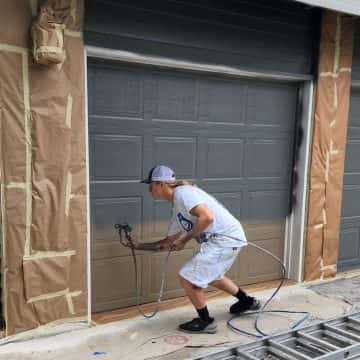
Manufacturer’s Specifications
Brands like Benjamin Moore provide detailed data sheets for their products, specifying the recommended mil thickness for each coat. For example, BM Aura and BM Regal have different thickness requirements. View the BM Aura data sheet.
Following these specifications is essential to maintain the product’s warranty.
Ensuring Professional Quality
When hiring a professional painter, ask the right questions about paint thickness to ensure they follow best practices:
- How many coats will you apply? Ask this to see if they mention paint thickness rather than a simple “two coats” answer.
- How do you measure paint thickness? You want to see if they mention a mil gauge.
- How do you ensure even application across all surfaces? At Pearl Painters, we test the mil thickness when beginning the job, and make appropriate adjustments to ensure we get it right.
These questions can help you determine if the painter is knowledgeable and committed to delivering a high-quality finish.
The Role of Manufacturer Support
In some cases, manufacturers offer support by sending representatives to inspect failed paint jobs. They might conduct a dry film thickness test, which involves taking samples back to the lab to measure the exact thickness of each layer. This can reveal if the application met the specified requirements and help identify any issues that might have caused a paint failure.
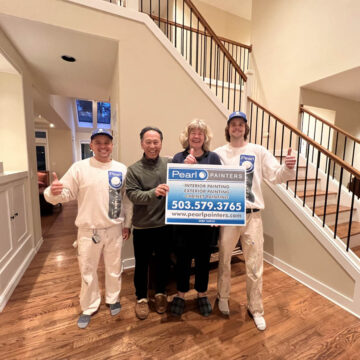
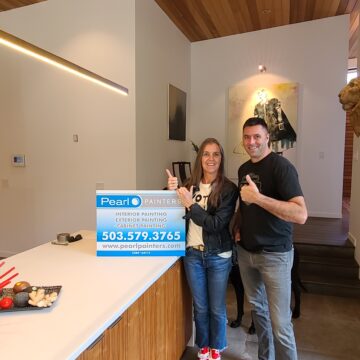
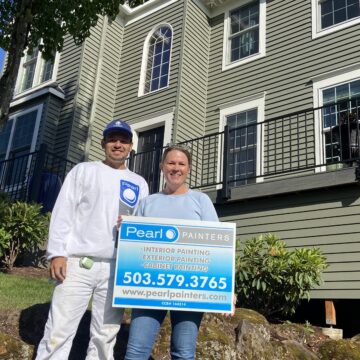
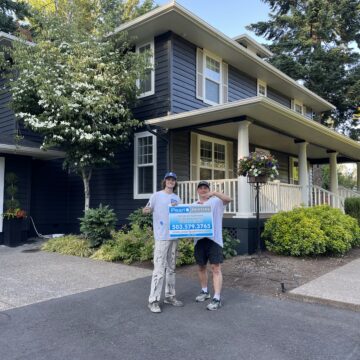
Protecting Your Investment
Ultimately, the number of coats of paint you need depends on various factors, including the condition of the surface, the type of paint, and the desired finish. While one coat might be sufficient in some cases, two coats are generally recommended for better coverage and durability. However, the key to a successful paint job lies in applying the paint at the correct thickness, as specified by the manufacturer.
Whether you’re tackling a DIY project or hiring a professional, paying attention to these details can help ensure a beautiful, long-lasting finish that protects your home from the elements. Don’t hesitate to ask questions and verify that the right procedures are being followed to safeguard your investment.
For professional painting services that guarantee quality and adherence to industry standards, contact Pearl Painters. Our experienced team ensures every job meets the highest standards, providing you with a finish that will last for years. Reach out to us today to discuss your project and get a free estimate!


